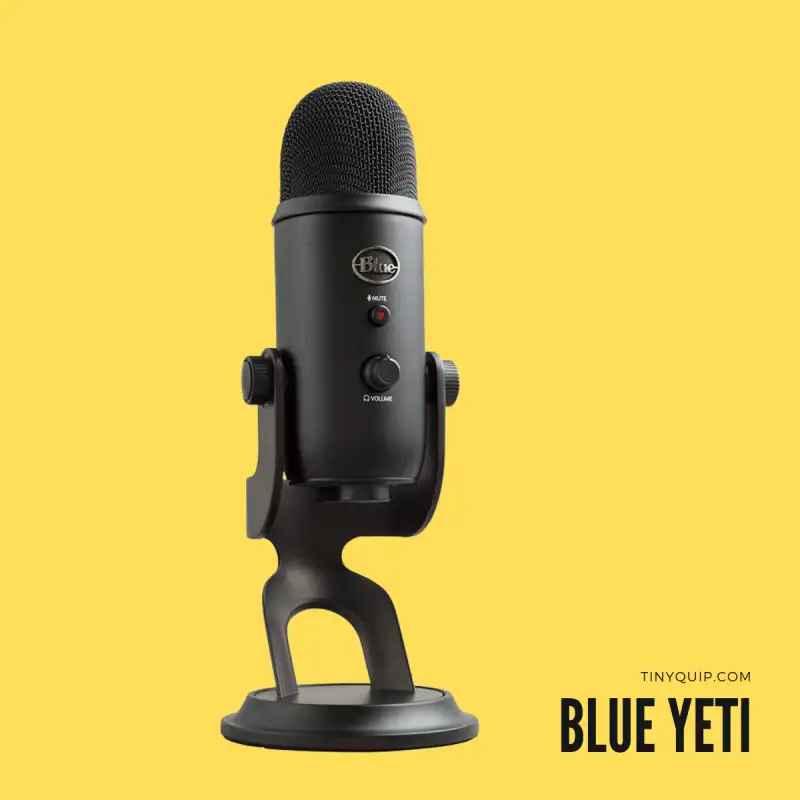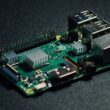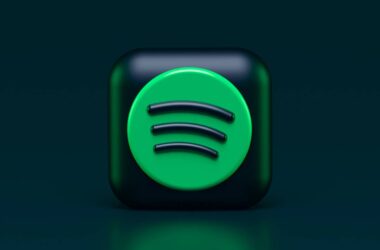Why is that most podcasters frequently skip cleaning their microphones? They sure don’t look dusty outside, but there is definitely a need for cleaning after each use. Most times, there is dust inside and tiny invisible droplets on the pad, as podcast microphones are often close to the mouth. In this guide, I will help you with how to clean your podcast microphones in a simple 8-step process and a few tips to make the process a lot easier.

Your Audience is Yawning
There are two things that can make your audience sleepy while listening to your podcast. One is a boring script, and the second is poor audio.
Here are my favorite 10 best microphones for podcasters that will make you sound-sick professional. And also budget-friendly for beginners and professionals.
8 Steps to Clean Your Podcast Microphones | Have You Done It Today?
Be it condenser, dynamic, or other types of microphones, they are expensive, and I have bought at least 5 of them and use them carefully to avoid any damage at all. And in the initial days, one of the biggest challenges for me was to find a proper way to clean these expensive pieces of audio hardware.
I devised a simple 8-step process to clean any podcast microphone after each use. The steps can differ based on the size and type of microphone, but this guide should give you a proper idea.
Here are the steps,
1. Disconnect your Microphone
If you are going to disinfect or clean your podcast microphones, be it USB or wireless microphones, disconnecting them first is one of the important things.
The cleaning process includes using cleaning agents or solutions, opening the microphone, and even working with a few internal parts. Disconnecting your microphone will keep it safe from potential damages and accidents that can stop your microphone from working.
Also Read: Podcast Covers: 7 Best Apps to Create Stunning Podcast Cover Art
2. Remove the Windshield or Pop-Up Filter
If you are using a professional podcast microphone that has a windshield or pop-up filter, it is best to remove them first. This will help us disinfect the microphone’s head and clean the dirt from the inside.
For podcasters who use collar microphones, it is recommended you carefully take out the windscreen due to its size. Removing the windshield and pop-up filter from your microphone will also allow you to clean them separately, as they often tend to easily accumulate dirt, grime, debris, or moisture, which can be cleaned off better separately.
3. Soft Dusting the Microphone
Using a soft, lint-free microfibre cloth, gently wipe the microphone body, cable, grille, and other parts. This should help you remove any visible dust or loose particles from the outer body.
Ensure you do it softly and not abrasively, which can damage the outer body of your microphone. Also, we are not using any sanitizing or disinfecting solution yet; this prior step is dry dusting.
4. Using Sanization or Disinfectant Solution
Disinfecting your podcast microphone is one of the best practices to follow each time your guest completes the episode. I have made it a practice, and I suggest you follow it, too, as a precautionary.
It is easy to prepare a disinfecting solution; take a small bowl of warm water and mix a small amount of antibacterial solution or gentle soap into it. Make sure the solution or soap that you are using is safe for electronic devices and other equipment. Also, ensure you do not use smelly solutions; they can leave your guest irritated or smell like a hospital as the microphone is close to their nose.
Rather than preparing this solution each time, I use these disinfectant wipes, which are effective, budget-friendly, and time-saving.
Once the solution is ready, dip and remove some cotton balls and pinch them to remove excess liquid. We do not want the cotton balls to have any liquid left on them; keep them moist. Now, gently wipe the microphone body, grille, and other parts, mostly those which are closer to the mouth and often come in contact with saliva or sweat.
Ensure you clean most of the outer body and that the cotton swab is moist with no liquid, so there are no accidental slips into the internal parts of the microphone from the porous openings. Other parts to avoid can be the connector outlets for USB microphones or the clickable push buttons that can have the slightest opening from where the liquid can slip into the microphone inside.
Do not bleach or use abrasive materials or non-surface-friendly solutions on your microphones.
Also Read: Podcast RSS Feed: Everything You Need to Know
5. Air Drying your Microphone
Most of the disinfecting process is completed, but there are a few more steps you still need to follow, like air drying the microphone.
I have noticed most times, after cleaning the microphone, a lot of users just pack it in the case and leave it until the next use. However, there is an extra thing that you need to do; let your microphone dry.
And no, do not use a blower or hair dryer to do this.
Let your microphone dry naturally; using powerful blowers can damage the internal parts. Since you are using disinfectant wipes or cotton swabs without any remaining cleaning liquid in them, drying your microphones shouldn’t take more than 5 minutes, depending upon the humidity and moisture in your environment.
6. Reattach your Microphone Components
Cleaning your microphone is now done; it’s time to reattach the components that we removed earlier. Using the microphone manual book, look at how you can attach the pop filter, windshield, connectors, and other components back to your microphone.
Ensure they are properly dry before you connect them and carefully look at the ports and ensure there is no liquid present there.
You can also wipe a dry microfibre cloth once again just to remove any dust accumulated while drying out your microphone.
Also Read: Podcast Cover Art Guide: Size, Logo, Dimensions, and More
7. Get yourself a Microphone Case
Most of the cleaning process for your microphone is now done, but there is something you need to do after the cleaning. If you have a studio and your microphone just lays around open, and you do not safely store it, this is high time you start doing it.
Podcast microphones can be really expensive, and storage bags or cases will only cost you a few dollars but save you a ton of frequent cleaning processes. At least you don’t have to clean your microphone each time before you expect a guest.
Here are some of the options to store and carry your microphones – Microphone cases.
8. Do it Regularly
The last step of this guide is all about building a practice to keep cleaning your microphone. My personal practice is to set a schedule for cleaning all my gadgets at least once or twice a month to avoid any dirt buildup. Especially with the microphones, if you have a podcast where you frequently have guests over, I recommend keeping all your devices clean and hygienic so your guest is comfortable and happy rather than annoyed.
Moreover, disinfectant wipes are the most pocket-friendly options while also being easy to use and effective. So, I suggest you always allot some time and use them to clean your podcast microphones in a jiffy.
You may also like to read,
- Podcast Script: Tips, Templates, and More
- Download Podcast as MP3: The Only Guide You Need
- Podcast Cover Art Guide: Size, Logo, Dimensions, and More
Frequently Asked Questions on Cleaning Podcast Microphones
You can set up a cleaning routine, such as once or twice every month, or if you have more frequent guests over your show, you can clean your podcast microphones regularly after each use.
Water alone may not help in sanitizing your microphone or completely removing some tough dirt. The common practice is to use a sanitizing solution or Isopropyl alcohol (70%) to clean and sanitize your microphone. You can also use disinfectant wipes that are easily available in online and offline stores.
It is recommended you first detach the pop filter or windshield by following the instruction manual and then clean them separately. You can use the sanitizing solution or disinfectant wipes to clean thoroughly.
No, it is best to let your microphone dry naturally, as heat from the blower or hair dryer may damage the sensitive internal parts.
Before You Leave
Get Our Prime Content Delivered to your Inbox for Free!! Join the Ever-Growing Community… Right Now.
Give this article a quick share,
Wrapping up: Clean your Podcast Microphones Today
Now that I have shared the process of how I clean my podcast microphones, why don’t you give it a try today? Just keep a few things in mind and follow this guide to clean your microphone safely; for instance, not using bleaching or cleaning agents and not letting liquid slip into the microphone openings. Also, the safe and better option is to use disinfectant wipes that make the cleaning process easier.
Think I missed a step? Let me know in the comment section what additional things you do to keep your microphones clean and hygienic. If I have helped you with how to clean your podcast microphones, do share this guide with your social media family. Also, join our Telegram channel, Facebook page, and Twitter to never miss a quick update.






